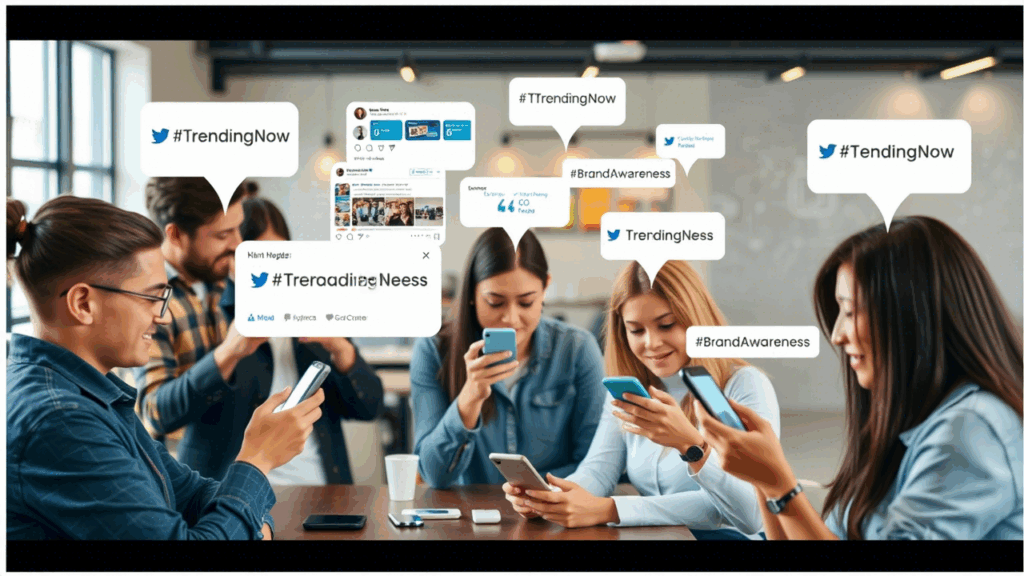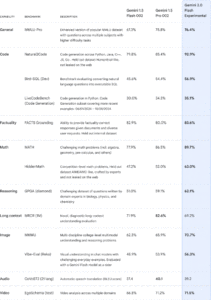Hashtags have been a cornerstone of social media marketing for over a decade, but in 2025, their role is rapidly evolving. With major platforms like Instagram, LinkedIn, and X (formerly Twitter) shifting away from traditional hashtag strategies, many marketers are left wondering – are hashtags still worth using? The short answer: it depends.
While hashtags are no longer the primary driver of reach and engagement on many platforms, they still serve a purpose in categorization, searchability, and branded campaigns. However, as social media algorithms prioritize AI-driven content recommendations and keyword-based discovery, marketers need to rethink their hashtag strategies to stay ahead.
In this guide, we’ll break down the current state of hashtags across major social platforms, best practices for 2025, and how brands can adapt their approach to maximize visibility. Whether you’re a seasoned social media manager or just starting out, understanding how hashtags fit into today’s digital landscape is key to creating an effective content strategy. Let’s dive in!
Instagram removed the option to follow hashtags in November 2024 and now focuses more on SEO-friendly captions. Still, hashtags help with discoverability, community building, and branding.
- Use 3-5 precise, relevant hashtags.
- Focus on niche and regional tags (e.g.,
#pnwlove,#wanderwashington).
Sources:
Instagram Creators
Social Media Today
TikTok
TikTok continues to emphasize hashtags for visibility and engagement.
- Use trending and relevant hashtags.
- Take advantage of features like “Join This Hashtag.”
- Hashtags are searchable and can be followed.
Sources:
TikTok Business Creative Center
Sprout Social – TikTok Hashtags
X (formerly Twitter)
Hashtags on X are less prominent but still useful for discovery and trends.
- Use no more than 2 hashtags per post.
- Hashtags remain searchable and visible in the Explore tab.
Sources:
X Help Center – How to Use Hashtags
Hashtags are now minimal in LinkedIn’s algorithm. Focus is on SEO and quality content.
- Limit hashtag use to a few relevant tags.
- Prioritize keywords, profile optimization, and meaningful engagement.
Sources:
Are LinkedIn Hashtags Dead?
Sprout Social: LinkedIn Hashtags Guide
Hashtags have limited impact on Facebook. The platform favors engagement and keywords.
- Use hashtags sparingly and only when relevant.
- Focus on shares, comments, and discussions.
Sources:
Facebook Help Center – Hashtags
Sprout Social – Hashtags on Facebook
Threads
Threads uses “tags” with a limit of one per post. Hashtag-like behavior is minimal.
- Focus on keyword-rich captions and conversation-starting content.
- Hashtags are searchable but not followable or clickable beyond the first tag.
Sources:
HeyOrca – Threads Social News
Buffer – Threads New Features
YouTube
YouTube hashtags help with categorization but play a secondary role to SEO and engagement.
- Limit to fewer than 60 hashtags to avoid being ignored.
- Use niche, trending, and location/event-based tags for best results.
Sources:
YouTube Help – Hashtags
SendShort AI – Hashtags for YouTube Shorts
Sprout Social – YouTube Hashtags Guide
Pinterest functions primarily as a visual search engine. Hashtags are rarely used and often ineffective.
- Prioritize SEO through keyword-rich descriptions and titles.
- Avoid excessive or spammy hashtag usage.
Sources:
Sarah Burk – Pinterest Hashtags
Levee Road Studio – Hashtags on Pinterest
Final Thoughts: Hashtag Strategy in 2025 and Beyond
Hashtags still offer value for categorization and engagement, but they are no longer the main driver of visibility. Social media platforms are now prioritizing keyword-based discovery and AI-driven recommendations.
To stay ahead:
- Adapt to each platform’s unique content discovery method.
- Use hashtags strategically, not excessively.
- Focus on quality content, SEO, and meaningful interaction.
Partnering with experts like Ignite Social Media – the first social-only marketing agency in the U.S. – can help brands navigate these changes and develop a modern, results-driven strategy.









